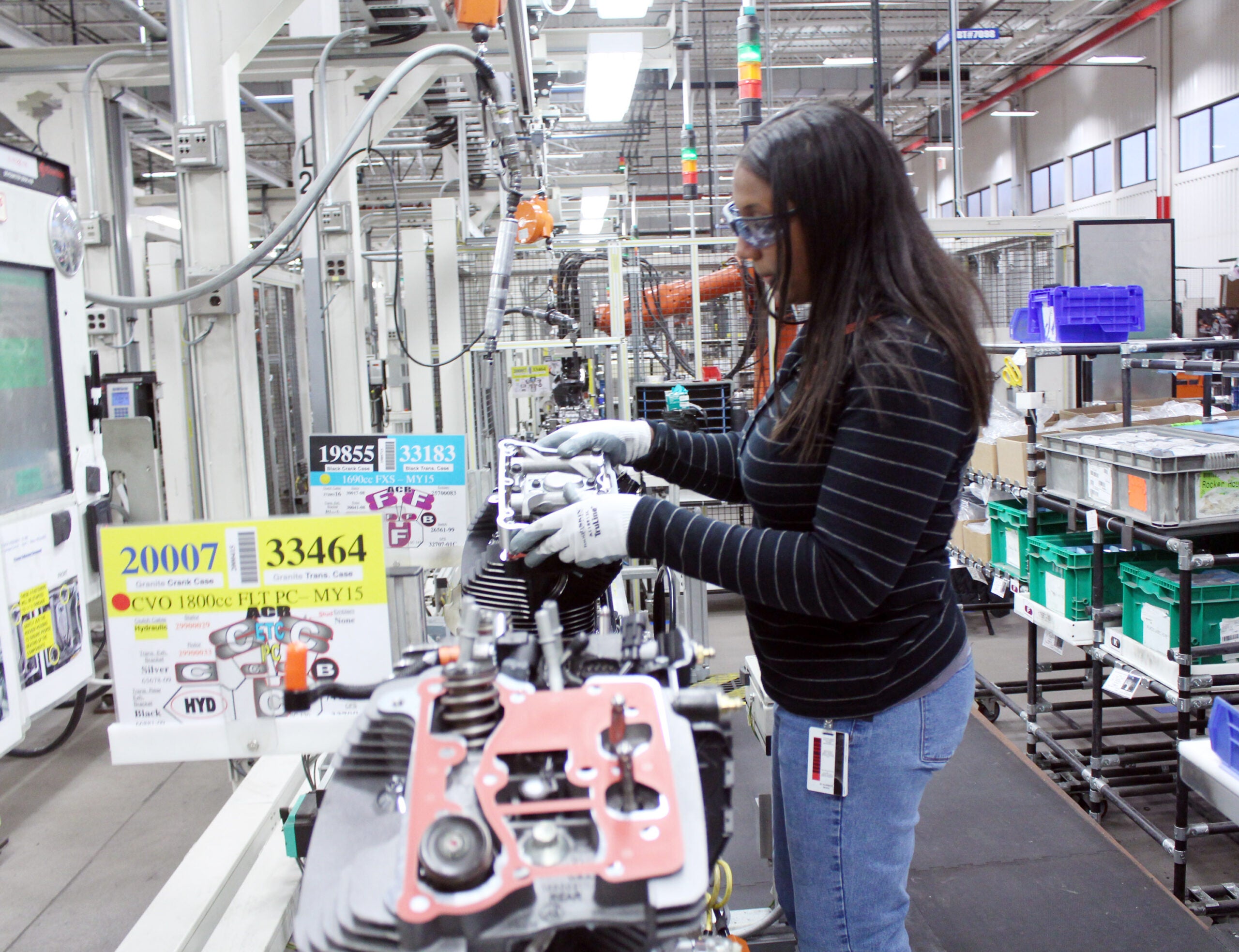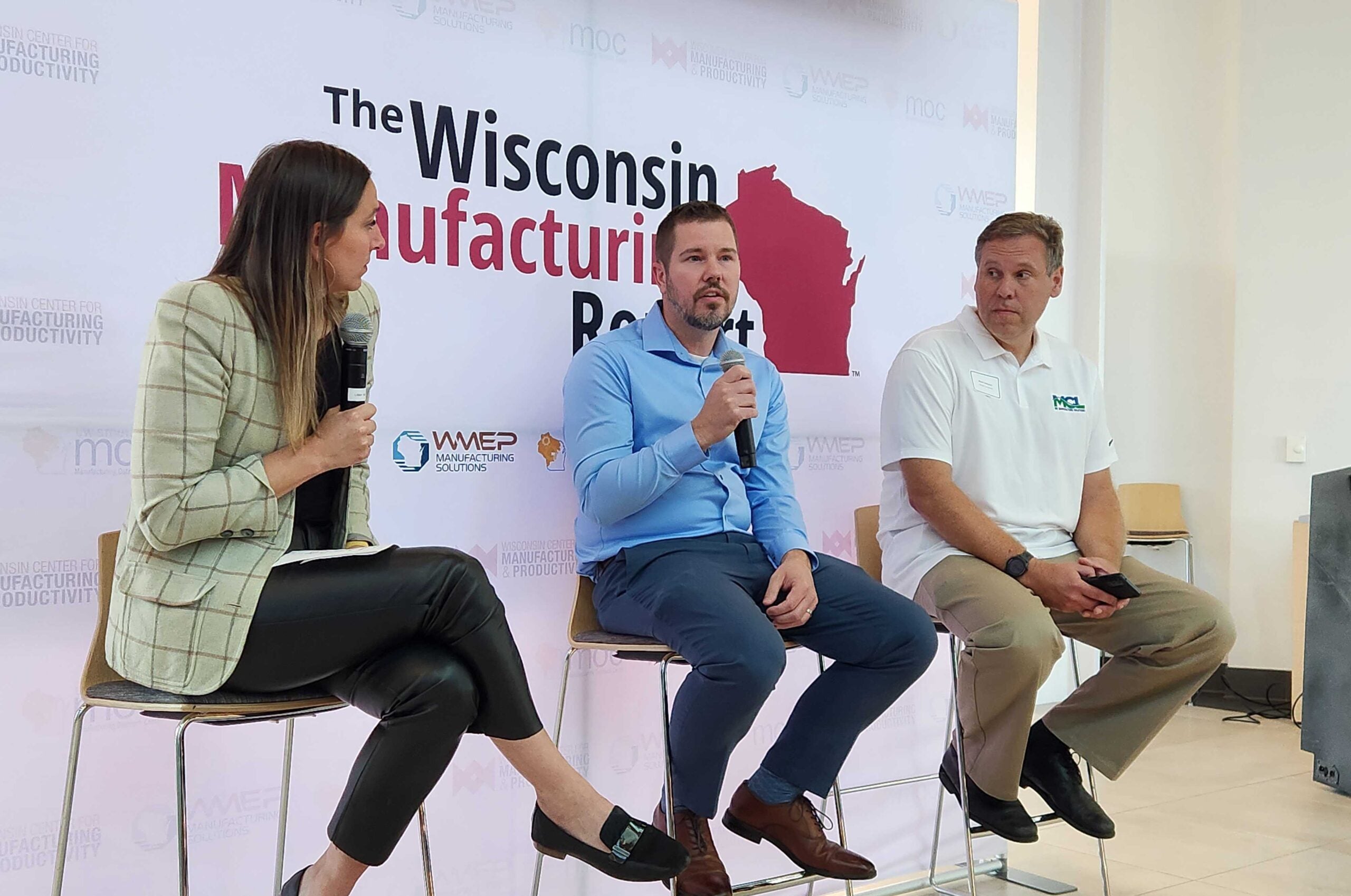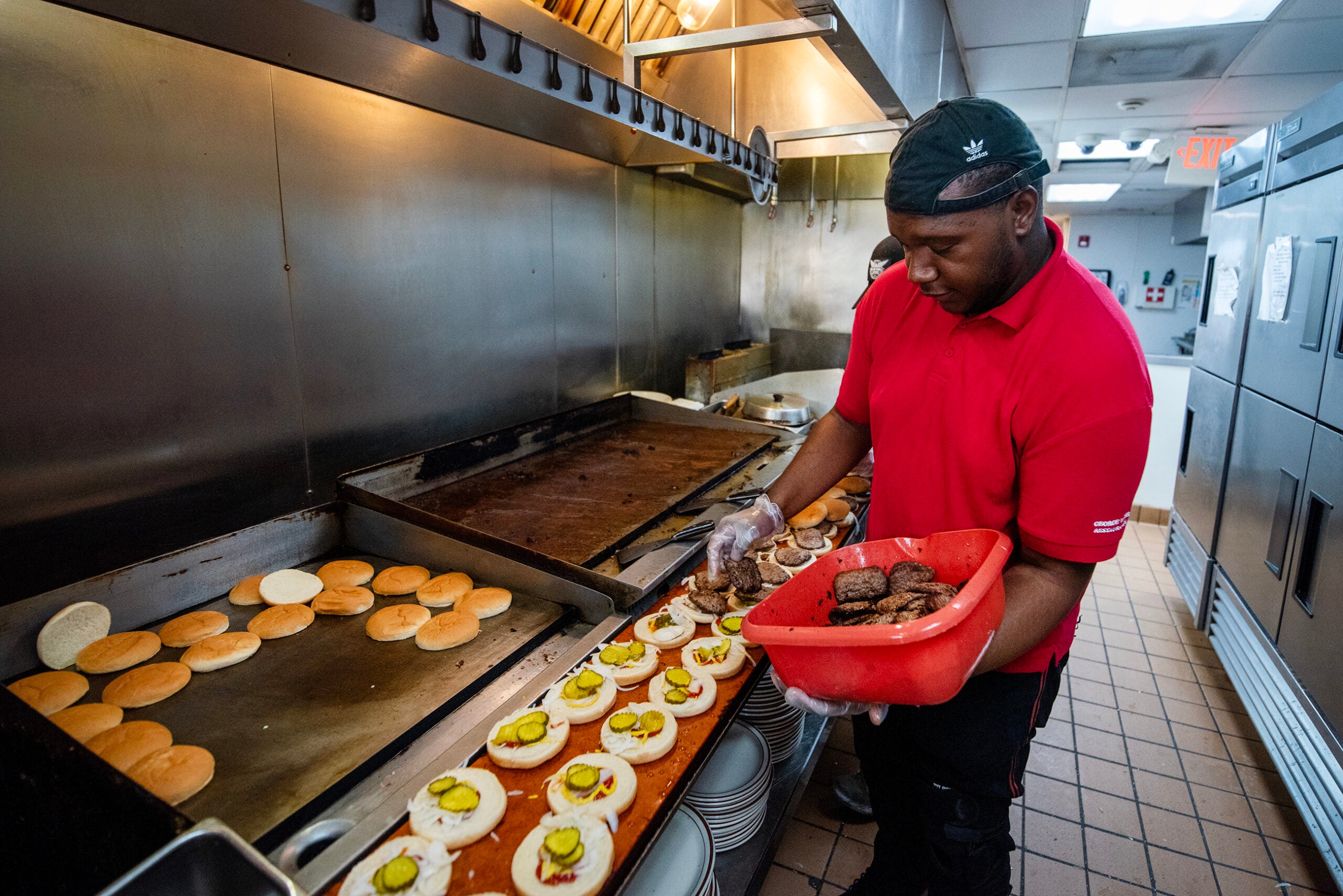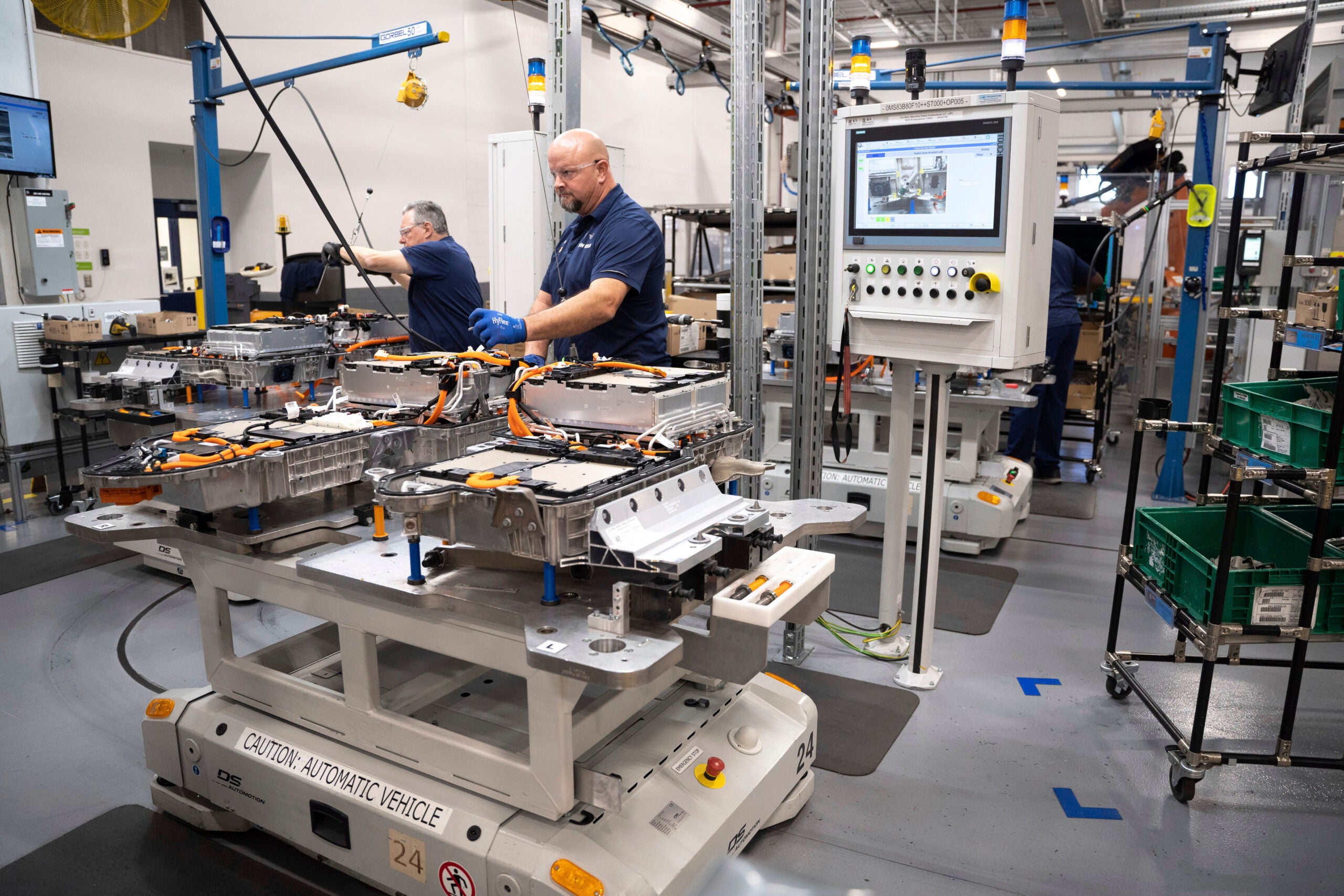The unemployment rate in Wisconsin remains low, but with the Federal Reserve expected to increase interest rates again to curb inflation, any rosy picture of the state’s economy is temporary.
That’s according to Steven Deller, a professor of agriculture and applied economics at the University of Wisconsin-Madison. He spoke on a panel broadcast by Wisconsin Eye, a nonprofit media network, on Monday.
Deller said it’s not a matter of if the economy will start showing signs of slowing — but when.
News with a little more humanity
WPR’s “Wisconsin Today” newsletter keeps you connected to the state you love without feeling overwhelmed. No paywall. No agenda. No corporate filter.
“The question that economists are debating right now is the degree of the downturn and when will it hit,” Deller said.
Deller said there’s a general consensus that the Federal Reserve will raise interest rates two more times to tamp down inflation.
“What’s driving the Fed right now is the inflation rate. And inflation is still too high, but it’s starting to come down,” he said.
Where does Wisconsin’s economy stand?
In Wisconsin, the unemployment rate was 2.7 percent as of February, lower than the national rate that month of 3.6 percent.
Buckley Brinkman, CEO of the Wisconsin Center for Manufacturing and Productivity, said “the numbers are very good” for the manufacturing sector.
The manufacturing sector gained 500 jobs in February, employing more than 485,000 people, DWD data shows. That’s 7,300 more jobs than in February 2022.
But in the first two and a half months of this year, the state’s Department of Workforce Development saw an increase in the number of layoff notices, Wisconsin Public Radio reported.
Still, Deller said long-term trends on layoffs are “pretty flat.”
“There’s always going to be some businesses that are hiring, some businesses that are laying off, some businesses that are closing. That’s a natural churn,” Deller said. “I think that we’re going into kind of a wait-and-see mode for a lot of businesses.”
If anything, businesses are likely to be hesitant to let employees go, he said.
“Even if we go into a mild recession, they’re worried that they had such a difficult time attracting and retaining workers that they probably are going to look twice about laying them off,” Deller said.
Nationally, manufacturing businesses scrapped 1,000 jobs, NPR reported. ADP Research Institute Chief Economist Nela Richardson told NPR that overall, “some slowdown is not surprising in an economy that’s already added well over 12 million jobs in the last couple of years.”
Why is unemployment low if economists expect a mild recession?
Low unemployment amid a looming recession sounds counterintuitive, but Deller said an economic slowdown is more closely tied to economic output.
“A recession is defined by what’s happening to gross domestic product. It really doesn’t look at employment levels, but generally those two move hand in hand,” Deller said. “So it could very well be that we go into a mild recession, but we keep jobs fairly strong because of the way that we define a recession.”
Brinkman of the Wisconsin Center for Manufacturing and Productivity said manufacturers have realized the importance of retention from the past.
“Even if we have a downturn — and we’ve come off of a record high now in terms of manufacturing activity — manufacturers are really slow to allow people to go back into the workforce, because they know there’s nobody else there that they can hire to replace them,” Brinkman said.
Wisconsin is also in a unique spot because of its diverse economy, Deller said, meaning it doesn’t rely heavily on one industry.
“The question is why. I think it’s because of the diversity of our manufacturing. We’re not overly dependent on one particular type of manufacturing, like say Michigan is with the automobile industry,” he said.
Labor shortages, aging workforce, federal COVID-19 aid ending a concern
Brinkman said the labor force is not growing fast enough to meet economic growth needs, and more worker training is needed. That means some businesses are focusing on adopting new technologies.
Another concern is the state’s aging workforce as more baby boomers head into retirement.
“The baby boomers are aging out of the workforce. And you know, who’s going to be there to replace them? The birth rate in the U.S. has been declining for years,” Deller said. “So the next generation of workers, we’re not sure where they’re going to come from.”
By 2030, one in four Wisconsinites will be at retirement age. Those aged 65 and above are expected to grow at six times the rate of the general population between 2015 and 2040, according to a report by The Governor’s Task Force on Caregiving.
Meanwhile, Deller pointed to a number of other factors at play: a post-COVID shift in thinking on work-life balance and child care needs.
Brinkman also pointed to federal COVID-19 relief funding coming to an end as the public health emergency phases out.
“The thing that I have a concern about is that it’s not just child care,” he said. “It’s a whole group of services that need to be wrapped around if we’re going to pull these people off the sidelines.”
Wisconsin Public Radio, © Copyright 2026, Board of Regents of the University of Wisconsin System and Wisconsin Educational Communications Board.





